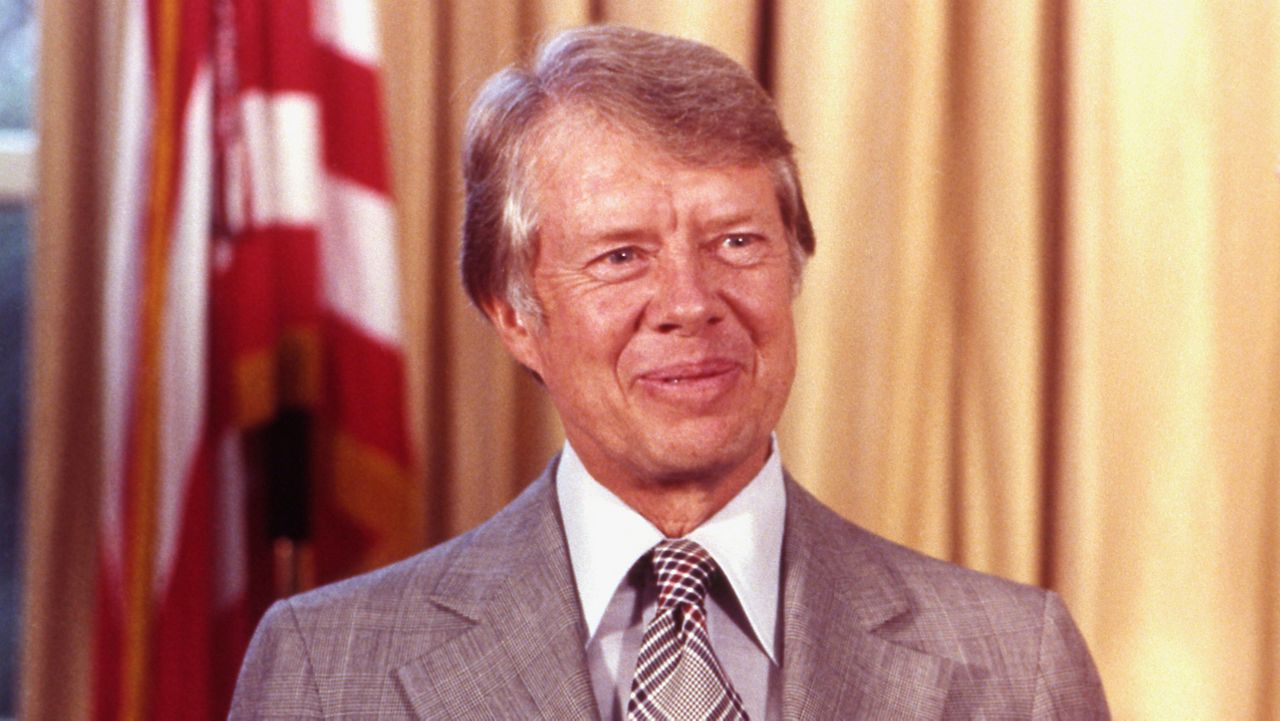MILWAUKEE—The shortage of FAFSA completions among high school students spans the state of Wisconsin and the nation. Cheryl Rapp is the College Affordability Specialist for Wisconsin’s Department of Financial Institutions.
Spectrum News reporter Megan Carpenter spoke with Rapp one-on-one about why this shortage is happening and what some solutions are.
“We’re seeing unprecedented times and the pandemic has affected students and parents across the board, especially financially,” Rapp said. “Students aren’t necessarily thinking about going to college, or filling out the FAFSA.”
Virtual instruction in schools has also had a negative impact on FAFSA completions. When schools would normally hold in-person office hours for seniors to get help filling it out, those had to happen online this past year.
“College Goal Wisconsin was able to add a few visual nights and held a few more virtual nights this spring, but without the nudges and reminders, it’s difficult to let them know why it’s important to fill it out,” Rapp said.
The FAFSA can also be confusing for students and families who have never filled it out before. The document is in the process of a revamp, making it more user-friendly. Rapp said the first set of changes to the form will affect the 2023-2024 academic year.
“There’s many places they can get help filling out the FAFSA,” she said. “They can reach out to any financial aid officer at any college, regardless of whether they go to that college or not,” Rapp said.
The U.S. Department of Education Office of Federal Student Aid has a hotline parents and students can call at 1-800-433-3243.
The FAFSA requires a list of items in order to proceed. The first item students and parents need before sitting down to complete it is an FSA ID. That can be obtained by going to the federal student aid website, Rapp said.
“You need to make sure you have your social security number, or your alien registration number,:” Rapp said. “Also, any bank statements and record of investments.”
Rapp addressed the correlation between a decrease in FAFSA completions this academic school year and students opting for a gap year due to the pandemic.
“There’s 10% fewer FAFSAs being completed, compared to this time last year,” she said.
Rapp is Co-Chair of the FAFSA Completion Task Force, created in February to help address this issue.
“Our main goal right now is creating a state-state-level website with information on financial aid resources that students and parents can go to,” Rapp said. “It’s never too late to fill out the FAFSA.”
Wisconsin does not have a true deadline when it comes to completing the FAFSA.









